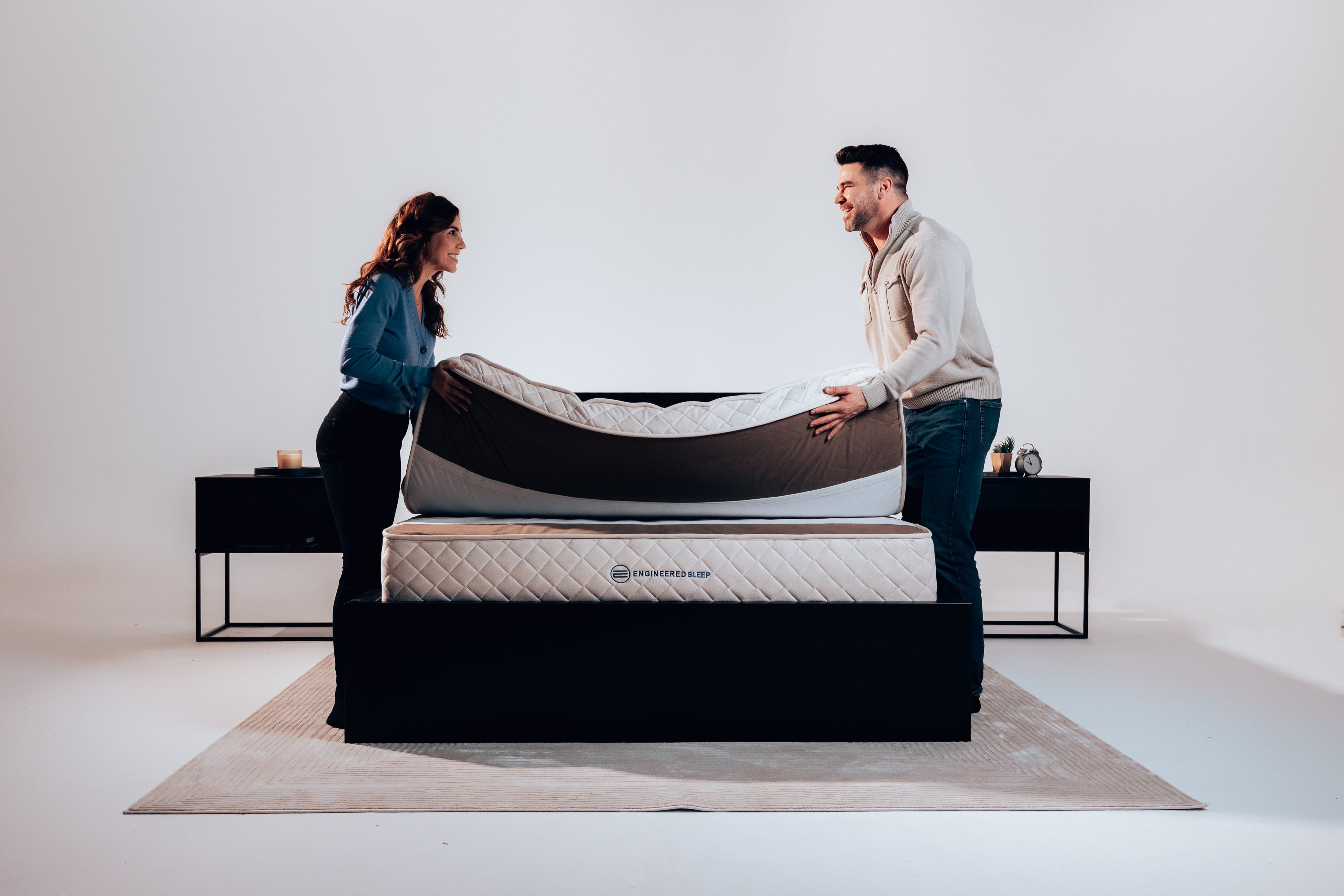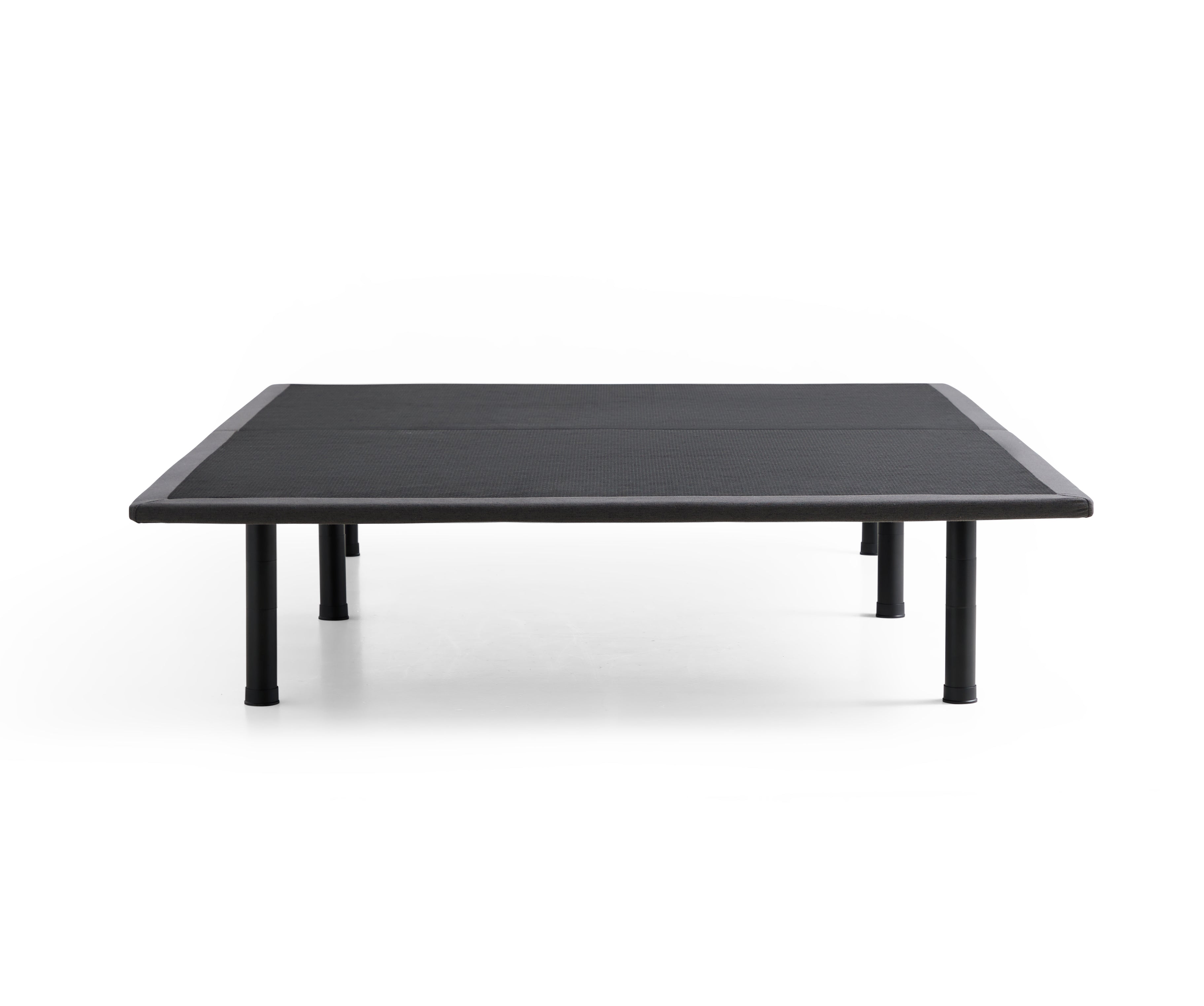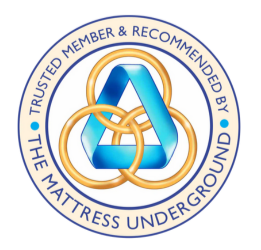The 2 basic functions of your mattress (for sleep!) are to provide you with comfort and support. It seems simple really, but it is amazing how complicated mattress shopping has become today. I am going to attempt to simplify it for you.
Comfort: comfort layers
Comfort is a subjective term when discussing it in relation to a mattress. This means that what is comfortable will be different depending on the individual. What feels comfortable to you may not be comfortable to me. Some questions you may want to ask when picking out your comfort level are:
- Do I like a firm, medium, or soft mattress?
- Do I ever wake up because I am hot?
- Does my partner moving cause me to wake up?
These may seem like simple questions but they are very important in the buying process. Depending on your answers to these questions, I would steer you towards different types of materials to ensure your maximum level of comfort. There are really 3 mainstream comfort layer materials used today - Memory Foam, Latex, and Polyurethane foam.
Note: I am considering these materials a comfort layer if they are used in the top 4" of the mattress. Beyond that, most of these materials will lose their benefits for the average person.
Memory Foam: a specialized polyurethane foam
People who like memory foam typically are not bothered by being hot while sleeping and like a medium or soft mattress. They like the feeling of sleeping "in" the mattress and being cradled by it.
Pros: Cradling Effect, Medium to Soft Feel, Generally Very Comfortable
Cons: Hot, Expensive, "stuck" feeling
Latex Foam
People who like latex typically want to sleep on a cooler surface and prefer the feeling of sleeping "on" the mattress. Latex comes in various firmness levels to accommodate firm, medium, and soft preferences.
Pros: Durable, Firm to Soft Available, Sleeps Cooler
Cons: Expensive, Less Cradling
Polyurethane Foam
Polyurethane or "poly" foam is the most common type of foam found in mattresses. It is typically less expensive than Latex or Memory foam and it's firmness level can be varied from very soft to very firm. It does not trap heat and therefore is preferred amongst sleepers who get hot.
Pros: Firm to Soft Feeling Available, Less Expensive, Sleeps Cooler
Cons: Not as Durable (typically), Less Cradling
Support: support layers
Support is objective term when discussing it in relation to a mattress. This means that proper support for a person that weighs X lbs can be defined. For example, a person that weighs 250lbs will need more support than a person who weighs 120lbs. This is a scientific fact. Where mattress shoppers typically run into problems is they do not get a mattress with the proper support. There are 3 basic types of support.
Traditional Innerspring
The traditional innerspring is what is used in most hotel mattresses and lower end residential products. All of the coils are connected with helical wire. The firmness can vary depending on the coil count and the gauge of the wire.
Pros: Durable, Affordable, Air Flow
Cons: Motion Transfer, Conforms less to the body
Pocketed Coil Spring Unit
Pocketed coils are used in medium to ultra luxury mattresses. They provide excellent support, conform well to the body, and the firmness can be varied greatly depending on coil count and the gauge of the wire.
Pros: Durable, Firm to Soft Feeling Available, Conforms very well to the body, Limits motion transfer, Air Flow
Cons: More Expensive
Foam Core Support Layer
The foam core support layer was made popular by Tempurpedic. The firmness and quality of a foam core van vary depending on the density and ILD of the foam. Typically, the higher density (1.8lb and above) foam cores are far superior to the lower density cores. The ILD simply refers to the firmness level of the core.
Pros: Limits Motion Transfer, Affordable
Cons: Less Durable, Prone to Body Impressions
Conclusion
While I did not go into all the details of mattress buying, I hope that this simple guide on comfort and support layers was helpful in helping you determine some of the pros and cons of different components used in mattress manufacturing. Keep in mind that quality levels of the above components can vary greatly. Being able to trust who you are purchasing from is very important because in most cases, you will ultimately have to rely on their word as to the quality of the product you are purchasing. When you call us, you will be speaking with someone who has participated in the construction of our products. We are very experienced in matching customers to the correct product based on their description of what they want in a mattress. We try to make mattress shopping easy and we are very good at guiding you to the correct product for your needs.
Materials Used In Our Mattresses
ES Duo: Pocketed Coil Support + Latex Comfort Layers
ES Classic Hybrid: Pocketed Coil Support + Poly Foam / Specialized Foam Comfort Layers





